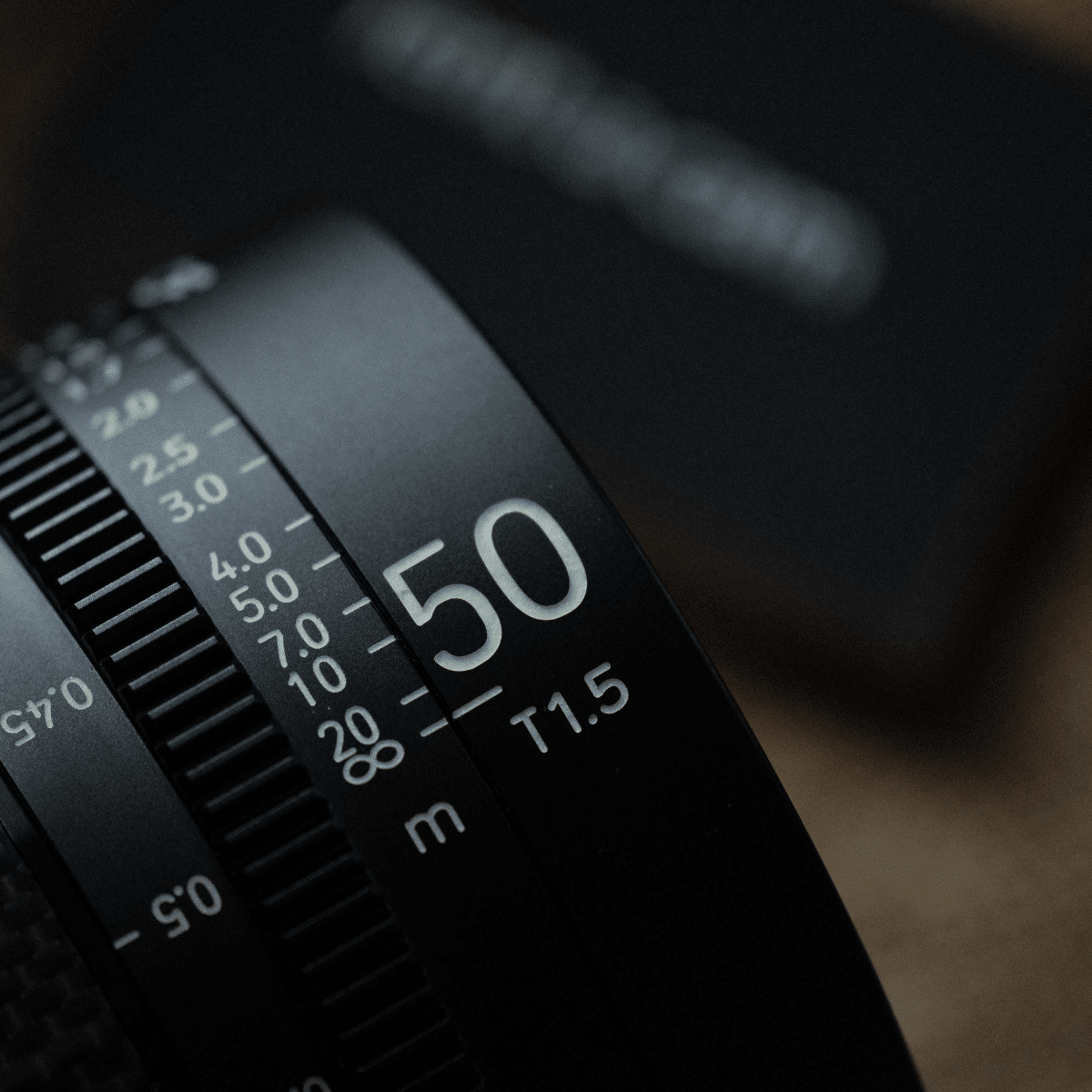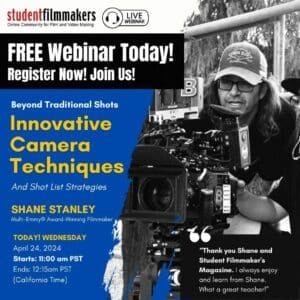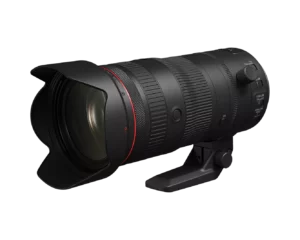Choosing the Right Camera Lenses for Filmmaking
Hello future filmmakers! Have you ever watched a movie and wondered how they filmed certain scenes? A lot of it has to do with using the right camera lens! Here’s a guide on the best lenses for making movies, whether you’re using a DSLR, mirrorless, or cinema camera.
If You’re on a Budget
- Medium Telephoto Prime Lens: This is a lens that doesn’t zoom in and out, but it’s great for close-ups with blurry backgrounds. For example, in “Harry Potter” movies, whenever there is a close-up of Harry’s face with everything else blurred out, a lens like this is used.
- High-Quality Wide Angle Lens: This lens can capture a big scene, like the epic battles in “The Lord of the Rings”. It’s great for creative and story-based films.
For Creative Filmmaking
Prime Lenses: These are lenses that don’t zoom. They can give higher quality and more ‘cinematic’ blurry background effects than zoom lenses. For example, in “The Grand Budapest Hotel,” there are many scenes with a blurry background, and a prime lens is used for that effect. If you’re on a budget, you can buy used manual focus primes with an adapter.
For News, Events, and Documentaries
Zoom Lenses: These lenses can zoom in and out and are quicker to use. For example, in documentaries or news reports where the camera needs to quickly zoom in on a person or object, a zoom lens is used. A constant aperture zoom lens that covers a range from wide to medium telephoto is a good choice. This means you won’t have to change lenses, and the light won’t change as you zoom in and out. You could also get a wide to ultra-wide zoom for close range, handheld shooting.
Special Lenses
Sometimes, you might need a special lens like a full-frame ultra-wide lens or a fast telephoto lens. For example, in “The Revenant,” there are many wide, sweeping shots of the landscape, and an ultra-wide lens is used for that. But these lenses can be expensive, so it’s best to rent them unless you’re sure you’ll use them regularly.
Other Important Things to Know
- Image Stabilization: This is important if you need to work fast without a tripod. It helps to keep the image steady.
- Electronic or Mechanical Focusing: Many modern camera lenses have electronic motors that adjust the focus. This is okay if you mainly use autofocus, or if your camera allows you to preset focus pulls. But if you want to change focus manually, you might prefer lenses with mechanical focus rings.
- Parfocal Lenses: A parfocal lens holds its focus when you zoom in and out. This can be important when you’re working quickly.
- Focus Breathing: With some lenses, the image size can change very slightly as you adjust the focus. This can be distracting if you change focus during a shot. More expensive, higher quality modern lenses are designed to minimize this.
- Focal Length and Sensor Size: Different cameras have different sensor sizes, and this affects the field of view of your lens. For example, an 18mm lens on a camera with a 1.6 crop factor will have the same field of view as a 29mm lens on a full-frame 35mm still camera.
Remember, the best lens depends on what you’re filming, your camera, and your budget. Happy filming!



